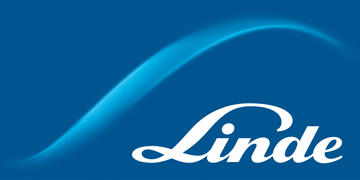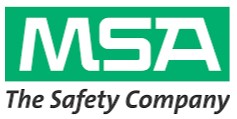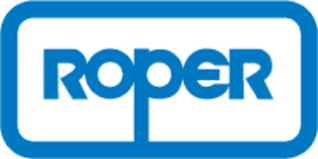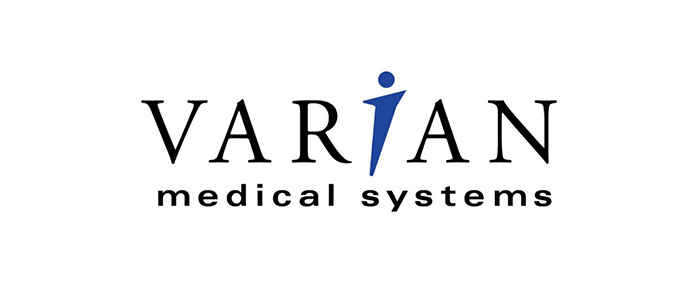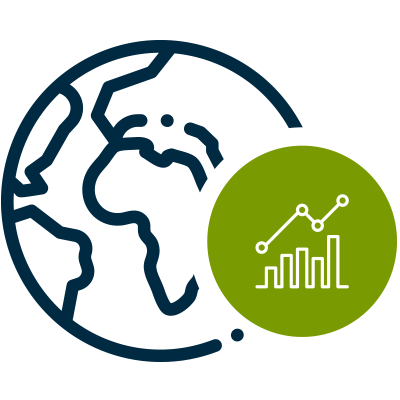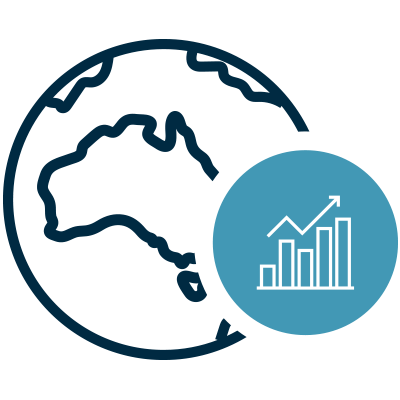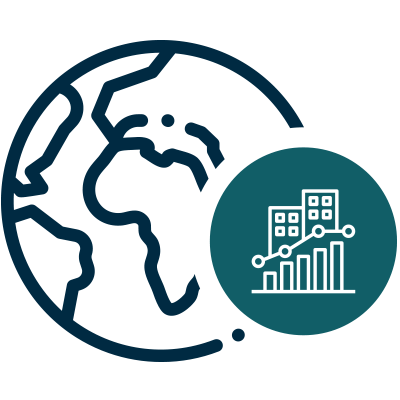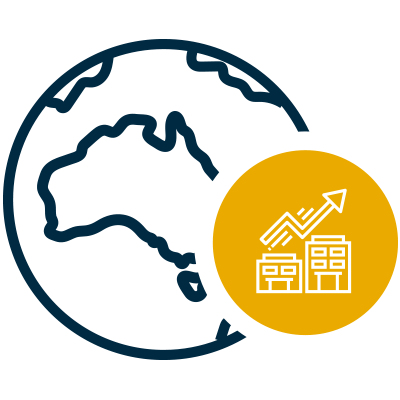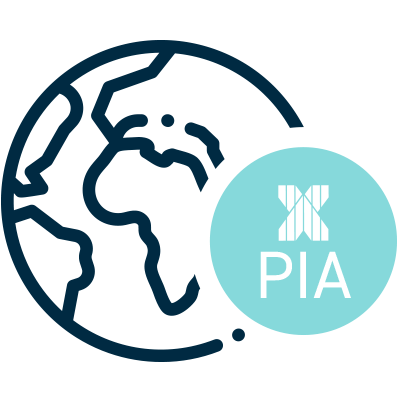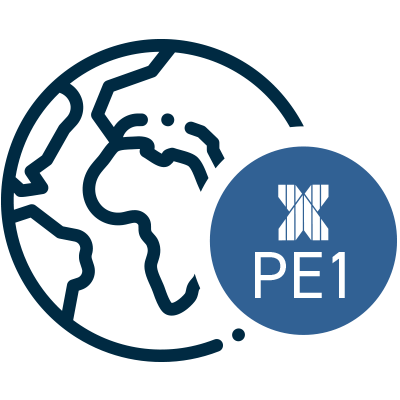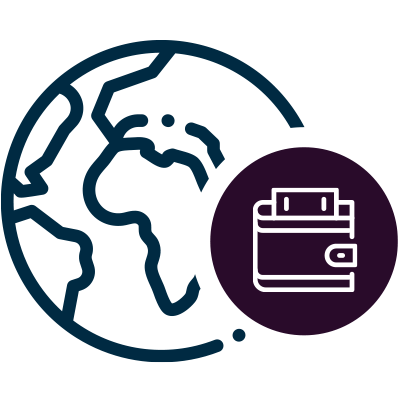SUMMARY
In this month’s commentary, Seb Beloe (Head of Research) has partnered with Thora Frost from Carbon Trust to discuss how to improve investor confidence in impact investing. They look at “impact washing”, emerging good practices and impact during COVID-19.
In the press, George Latham (Managing Partner) spoke with CISI in their special report, “Progressing with Purpose – a report on why purpose is set to take centre stage“. George explains how purpose is an essential part of the impact investor’s DNA.
We are also pleased to announce Ray Dhirani has been appointed to our Independent Investment Advisory Committee. Ray leads the sustainable finance team at WWF-UK, where he has spent the last eight years. We are thrilled to have someone of Ray’s calibre join our committee.
Lastly, we recently published our Q2 2020 Report in which Ted Franks (Fund Manager) gave an update on the fund and shared our views on sustainability and the IT revolution.





